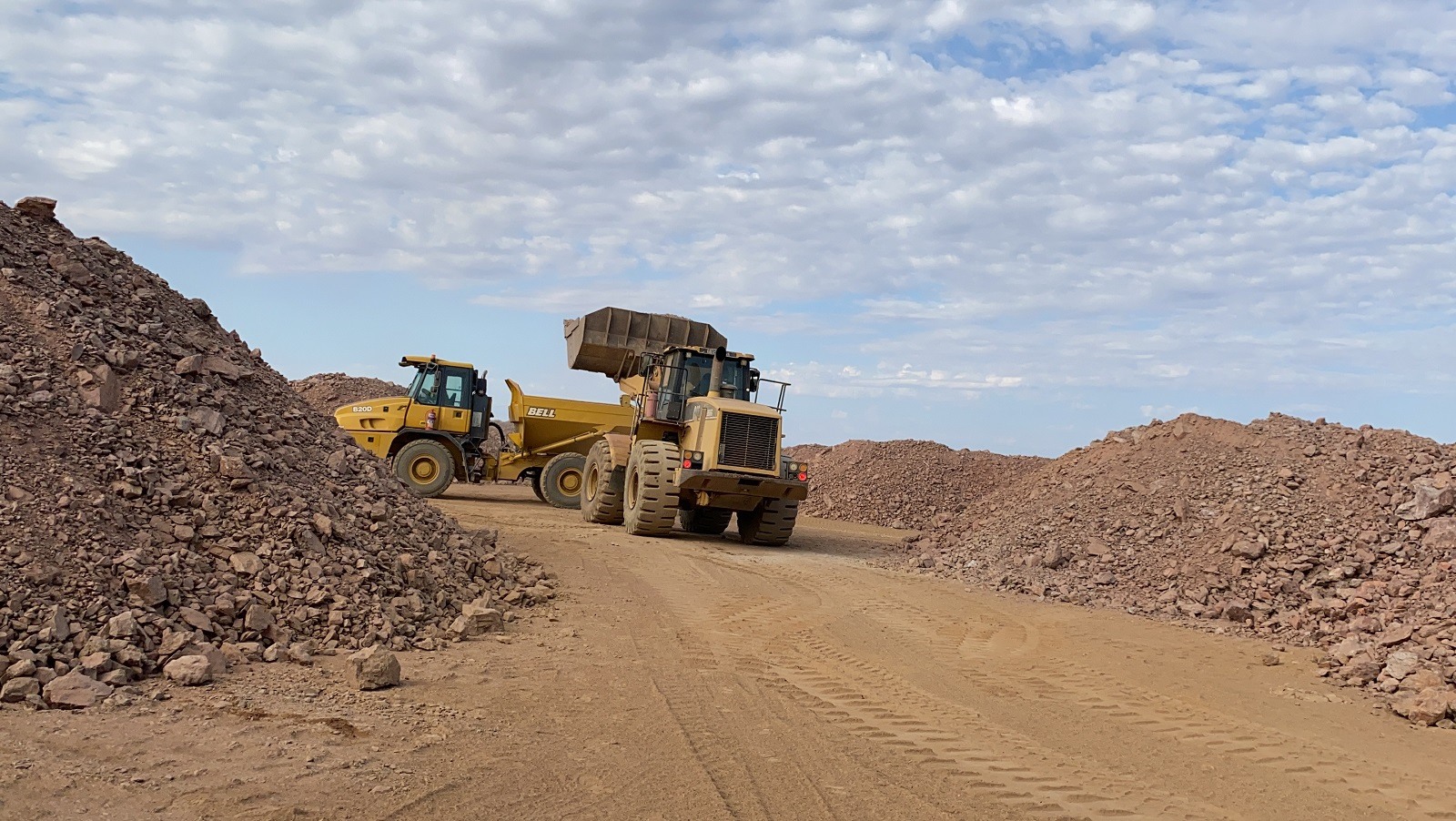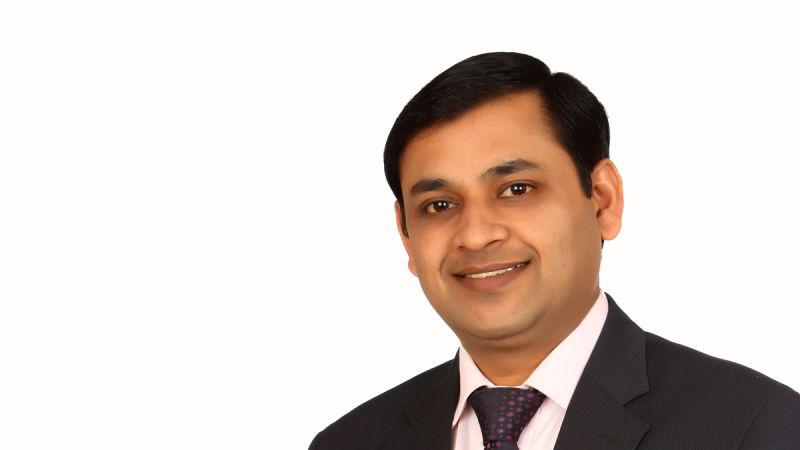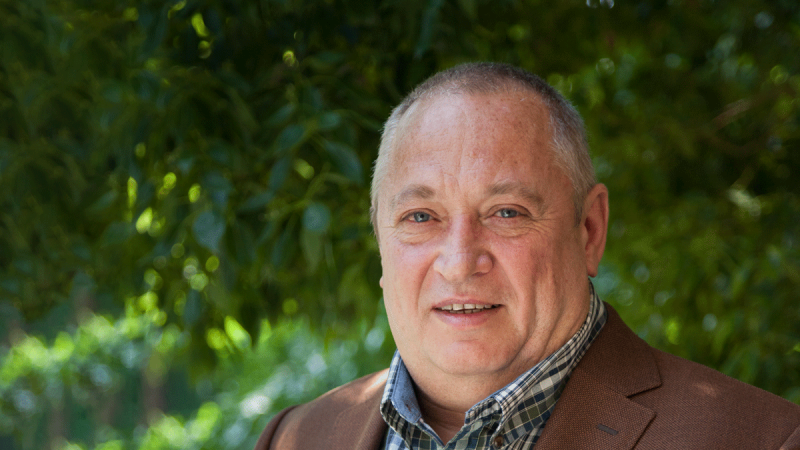Canada-based Namibia Critical Metals Inc. is a publicly listed company, which holds a diversified portfolio of critical metals projects in Namibia.
 The company has been operating there since 2005 with a view to exploring and developing a number of critical metals projects to provide sustainable supplies from a stable mining jurisdiction. Over the last two years, its main focus has been on developing Lofdal, a tier-one heavy rare earth project located in central Namibia.
The company has been operating there since 2005 with a view to exploring and developing a number of critical metals projects to provide sustainable supplies from a stable mining jurisdiction. Over the last two years, its main focus has been on developing Lofdal, a tier-one heavy rare earth project located in central Namibia.
“Lofdal, our flagship project, is a globally significant deposit of the heavy rare earths dysprosium and terbium,” says company President Darrin Campbell. “Demand for these metals is driven by innovations linked to energy and technology transformations – they are critical for the production of permanent magnets for EV motors, wind turbines and other electronics.”
Strong Partnership
He explains that Lofdal is a fully permitted project with a 25-year mining licence issued by the Namibian government in May 2021. The project is development funded under a joint venture with the Japan Organization for Metals and Energy Security (JOGMEC), a Japanese government agency with a multi-billion-dollar annual budget with a mandate to secure the supply of natural resources for Japanese industry.
Darrin Campbell explains that about a decade ago, JOGMEC invested in a light rare earth explorer in Australia called Lynas, now one of the largest light rare earth companies in the world. Later they turned their attention to Lofdal as a potential long-term supplier of the heavy rare earths dysprosium and terbium for Japan for the next decades.
“We are on track with those plans. In the first two years of our joint venture, we have made incredible progress and achieved several significant milestones within the project.”
In May 2021, after completing a roughly 16,000-metre drill programme, the company announced a dramatic increase in the size of its resource. In November 2022, the company published an updated, robust preliminary economic assessment (PEA) for an enlarged project called “2B-4” and is currently working on a pre-feasibility study (PFS) to be delivered within the next 12 to 16 months.
“Our joint venture with JOGMEC has delivered tremendous results with a six-fold increase in our resource, securing a 25-year mining licence, and delivering a very robust PEA for a much larger planned mining operation.”
Another milestone has been achieved just recently, with JOGMEC announcing that its partners have now begun a public tender process to bring in a Japanese industrial partner or partners to the venture. “This means that our operations at Lofdal can be rapidly accelerated. It is a very significant and very exciting development for us, and a real testament to the validity of the project,” notes Darrin Campbell.
Globally Significant
Lofdal is unique in the world. Rare earth mineralisation at Lofdal is hosted in carbonatite dykes, structural zones and plugs exhibiting grades between 0.05-3% total rare earth oxides (“TREO” which includes yttrium oxide) and exhibiting exceptional heavy rare earth (“HREE”) grades.
“Lofdal is one of only two heavy rare earth projects with xenotime mineralogy under development, the other being Browns Range in Australia. Most rare earth projects only contain light rare earth, meaning that they can produce only no or a very small amount of dysprosium and terbium,” explains Darrin, pointing out that the quantity of heavy rare earth metals Lofdal Project can produce is a real competitive advantage.
Another advantage is the actual location of the project. One of the biggest challenges for the rare earth industry is China’s continued stranglehold and dominance both in the supply of natural resources, as well as their processing. The geopolitical risk associated with sourcing many of these metals has become a repeated concern for manufacturers and end users.
By way of contrast, Namibia is a stable mining jurisdiction that supports and recognises the importance of mining to the country. “There is little mining activity in north-western Namibia and the discovery of an economic deposit in this region would have significant economic benefits for the local population. We have established an excellent relationship with all levels of government, as well as with the wider community in which we work,” says Darrin.
He reflects that it is important to have other processing options available outside of China, which are now developing in Europe and Southeast Asia, as well as in Canada and the US. “By the time our project is ready to go into production, we anticipate having multiple options for metal separation available.”
Fully Funded to Proceed
Namibia Critical Metals is looking to continue to accelerate development through feasibility with partners, anticipating a start in production in 2026. The construction phase of the project is envisaged to employ some 500 people, and production will have a permanent workforce of some 200, becoming a real economic driver for Namibia’s Kunene Region.
“We’ve always put a major focus on local employment and supporting the communities in which we work; we have a very strong ESG and Corporate Outreach Programme in Namibia,” affirms Darrin. Social projects include support for a local orphanage and the recent establishment of an early learners’ programme to support children’s education.
Environmental considerations are just as important and Darrin reminds us that Lofdal is a fully permitted project: “Environmental controls and regulations are very well established in Namibia, and we received an environmental clearance certificate for all of our current operations. Full reclamation is envisaged, and we are planning on incorporating extensive solar power energy to run the mine.”
Going forward, he reveals that significant investment is going into progressing the project. “The PEA results represent a major value inflection point for the Lofdal project. We have already commenced work in moving into the Pre-Feasibility Study stage for the significantly enlarged Lofdal 2B-4 Project and look forward to the continued rapid development of Lofdal with our JOGMEC partners.”
“This is a major step forward in establishing Lofdal as a world-class heavy rare earth project and a globally significant potential supplier of dysprosium and terbium, the two most valuable rare earth metals.”







